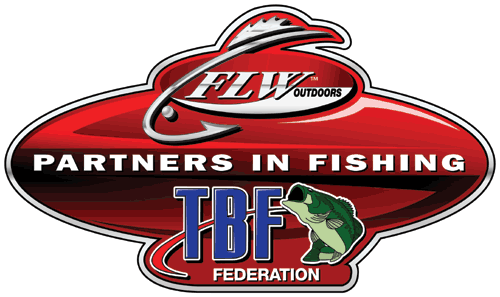Proposed New Hampshire lead-bait regulations concern TBF
TBF members encouraged to contact state legislature

Take a ruler and measure how many jigs are in your tackle boxes that have the lead portion (along the longest axis of the lead itself) measuring less than 1 inch. If Senate Bill 110 in New Hampshire were to pass, you would have to throw them all away. And, you couldn’t even replace most of these jigs because there isn’t a manufacturer that makes all the different configurations of jigs with titanium – which would cost you at least twice as much as painted lead-head jigs even if they were available.
To see the text of the bill itself, click here.
This bill was suddenly posted and a Senate committee hearing was scheduled within 5 days. We were fortunate to be monitoring the New Hampshire government website on a daily basis and so we were able to pick it up quickly and we will be testifying to defeat this particular bill. Dick Smith, the conservation director for the New Hampshire Bass Federation (TBF), has sent out alerts to all anglers in New England to send e-mails directly to the 5 Senators who are members of the Senate Wildlife, Fish & Game Committee. Click on this link.
While we understand how a loon might pick up a small lead sinker or tiny jig thinking it was grit for its gizzard, it is hard to imagine a loon mistaking a big rubber jig with trailer or a ¾-ounce spider jig for grit. We already have a law on the New Hampshire books that bans the use and sales of lead sinkers less than 1 ounce and lead-head jigs that are under 1 inch in overall length (measured from the jig-head eye to the bend in the hook). Maine & Vermont have a ban on lead sinkers that are 1/2 ounce or less. Fair enough, a loon might possibly confuse a small split shot for a small stone for its gizzard.
Here are the facts . . . The Loon Preservation Committee in New Hampshire has been conducting loon-population surveys for 30 years and claim to have the most extensive database in the world. Here is a quotation from their annual 2005 Executive Summary about statewide trends in the loon population: “we found increases in the number of territorial pairs, nesting pairs, chicks hatched and chicks surviving.”
Loons have established 204 territories on 135 New Hampshire lakes. Loss of habitat due to human shoreline development and bioaccumulation of mercury are the biggest threats to loons. In 2005 there were a total of 17 known loon mortalities for the entire state for the entire year. Two of these were entangled in monofilament. One loon had a disease, an injury, old shotgun pellets and some fishing tackle. That’s it.
If this bill were to pass, it would collectively cost anglers hundreds of thousands of dollars. It would hurt small businesses that sell fishing tackle for they would have to dump their inventory within 60 days and swallow a significant loss. Northern Bass Supply just finished printing and mailing thousands of catalogs and these would soon be obsolete because they wouldn’t be able to sell any lead-head jigs.
Finally, unreasonable restrictions like this discourage families from planning a fishing vacation here in New Hampshire. Tourism is the number one economic engine in this state … don’t mess with it.
Here then is yet another fine example of why it is so important for all of us to stick together within The Bass Federation. If we didn’t, we would lose our sport piece by piece. Anything of value must be defended. We can’t fall asleep and not do our part. We can’t wait for the “other guy” to do it for us. What if that guy doesn’t show up?
Sincerely,
Richard “Dick” Smith
Conservation Director, New Hampshire Bass Federation
Delegate to NH Wildlife Federation
Legislative Director, NH Recreational Boaters Assn.
Member of NH Public Water Access Board
Hancock, N.H.
(603) 525-4229